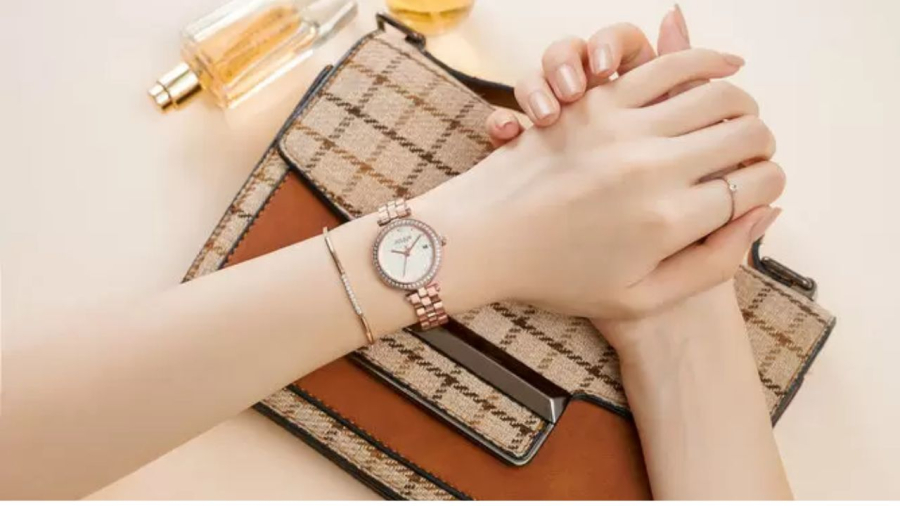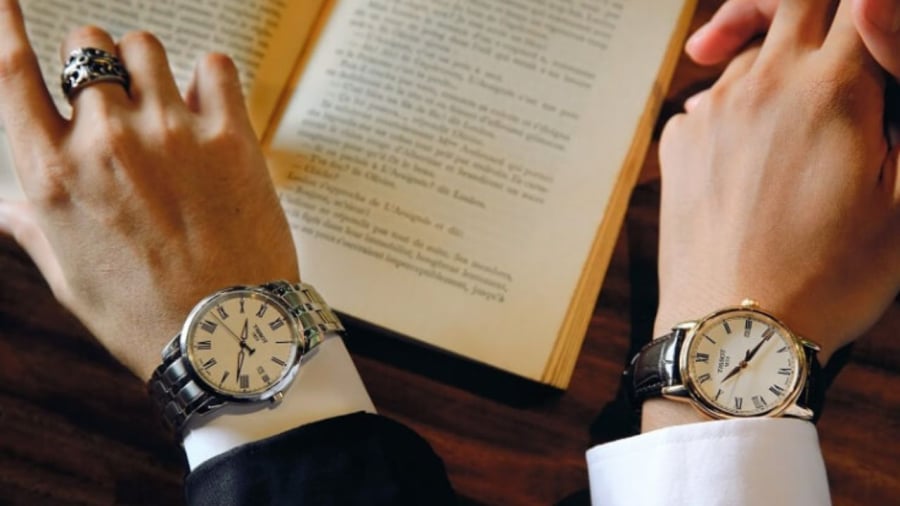Watches are accessories that many people love. Compared to bracelets, watches are closer to the skin when worn. Watch straps are also usually wider than bracelets, so they have more contact area with the skin. According to many people, wearing a watch on the left or right hand is related to acupuncture points and can affect health.
Is it better to wear a watch on the left or right hand?
In fact, both manufacturers and experts do not have clear regulations on whether to wear a watch on the left or right hand. Because which hand to wear usually depends on the personal preference of each individual.

In terms of health science, both sides of the human wrist have acupoints. If they are stimulated by acupuncture techniques or massages, they can have effects in treating insomnia, nightmares, epilepsy, etc. However, when the stimulation is not correct, it can have adverse effects on health. Therefore, folk experience often advises wearing a bracelet on the right hand to avoid excessive stimulation to the acupoints.
However, there is no scientific basis to show that wearing a watch on the left or right side will affect these acupoints and pose a health risk. If the wearer feels uncomfortable, it may be due to an allergy to the material or choosing the wrong size strap.
Some notes when wearing a watch
Consider dominant and non-dominant hand factors: Based on the results of some statistics, more than 90% of the world’s population is right-handed, and most daily activities are performed with this hand. Therefore, if you wear a watch on your right hand, it can cause hindrance, easy scratching, damage, and difficulty in human activities. Moreover, because the dominant hand is right-handed, if you wear a watch on the right hand, which means you have to use the left hand to wear it, it will be difficult to fasten the watch.

Therefore, many manufacturers have “considerately” designed the crown on the right side of the dial. When wearing a watch on the left, right-handed people can easily twist the crown to adjust the time and easily put on the watch.
When wearing a watch, pay attention to the size and material of the watch strap and avoid wearing it too tightly, as it can cause discomfort to the area of the wrist in contact with the watch strap.
According to traditional beliefs, both wrists have acupressure points, and excessive stimulation of these points may have adverse effects on health. However, there is no scientific evidence to support the idea that wearing a watch on either wrist will affect these pressure points or pose any health risks. Any discomfort is more likely due to an allergic reaction to the watch material or a poorly fitted strap.
Your watch strap should not be too tight as this can cause discomfort to your wrist. Ensure it is fitted correctly and comfortably, allowing some breathing room for your skin to avoid any irritation.
Pay attention to the size and material of your watch strap. The right size and a comfortable material will ensure your watch doesn’t hinder your daily activities or cause any skin irritation. Additionally, consider the position of the crown (the dial used to adjust the time). Many watches have the crown on the right side, making it easier for right-handed individuals to adjust the time when the watch is worn on the left wrist.


































